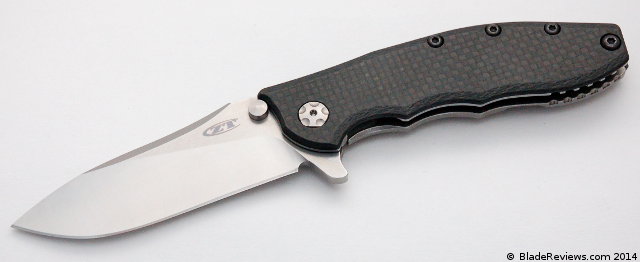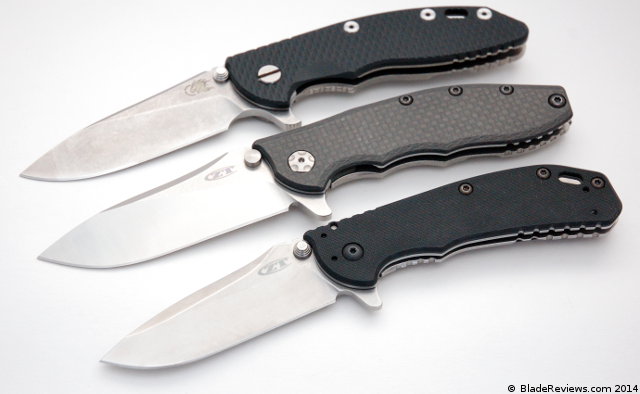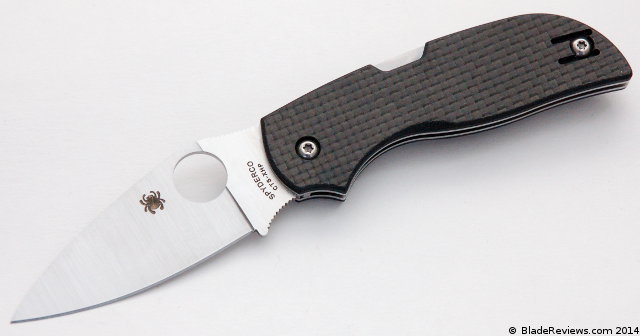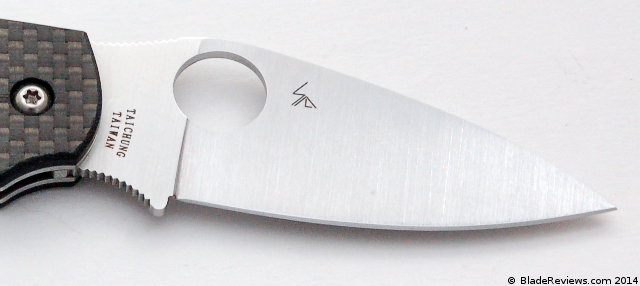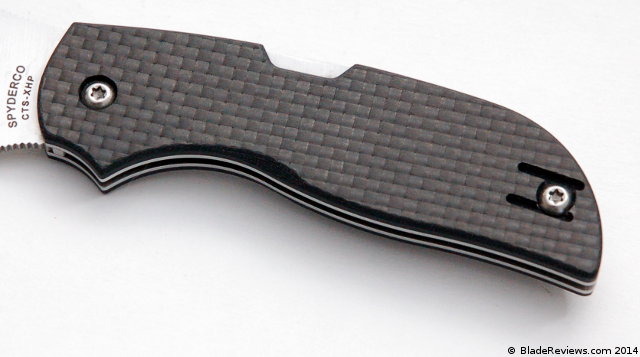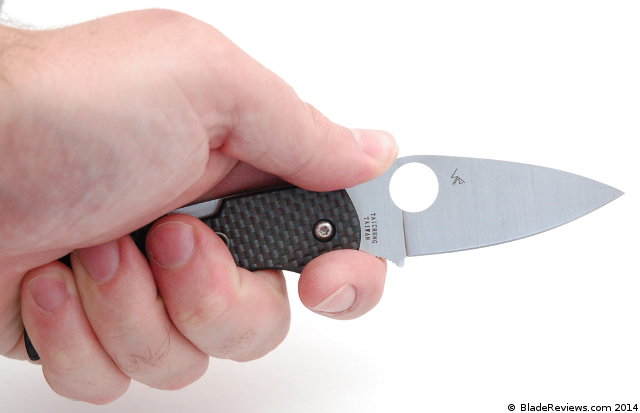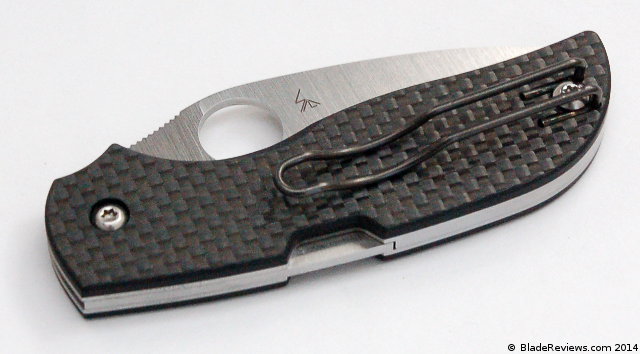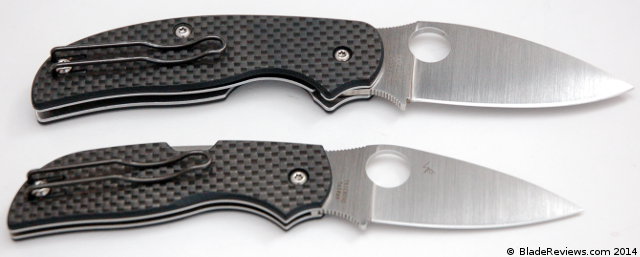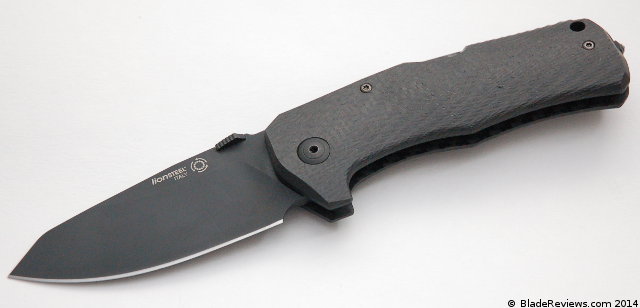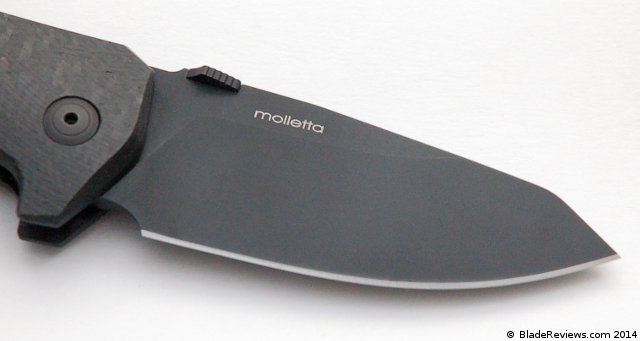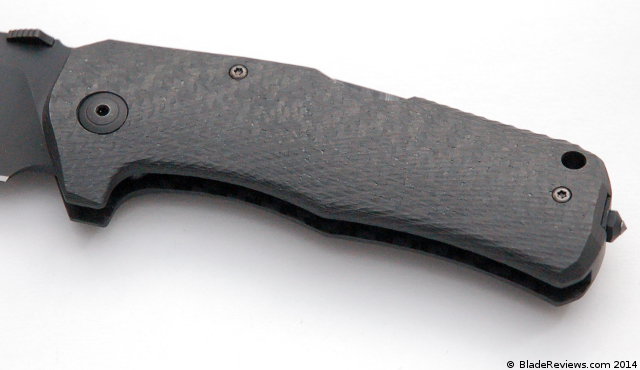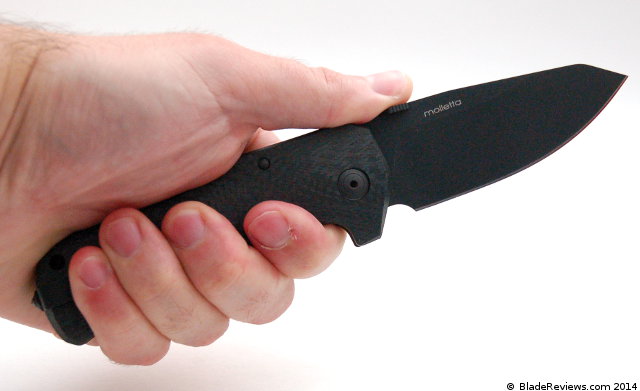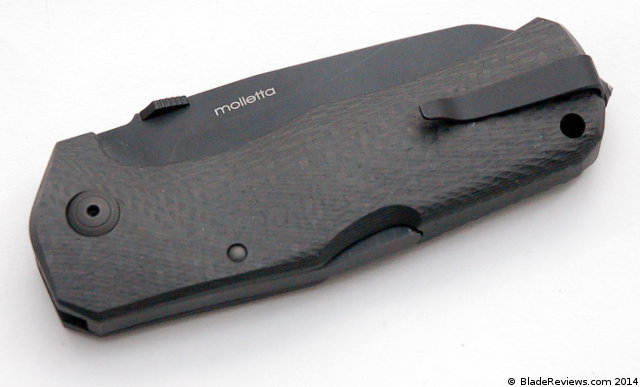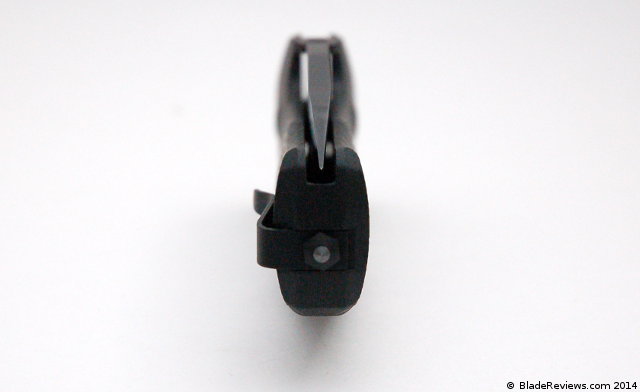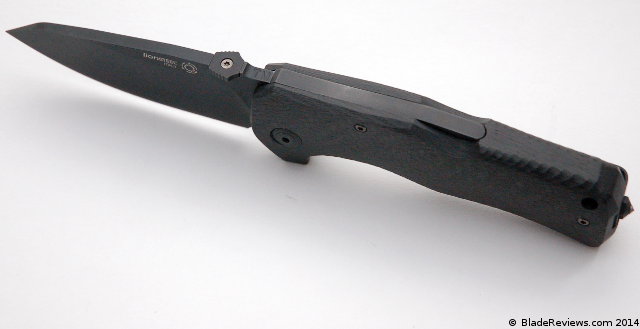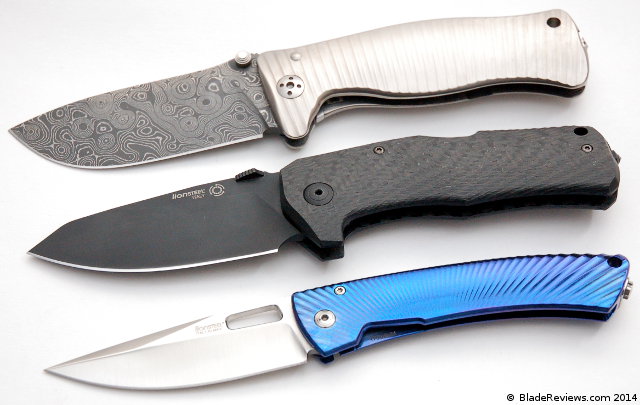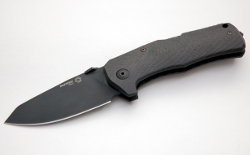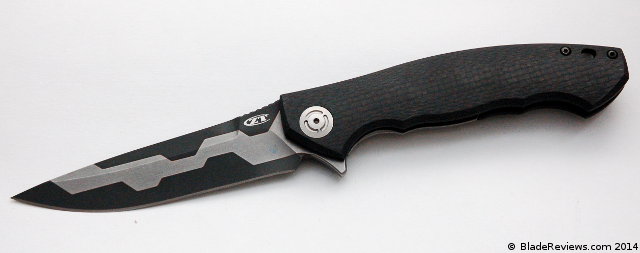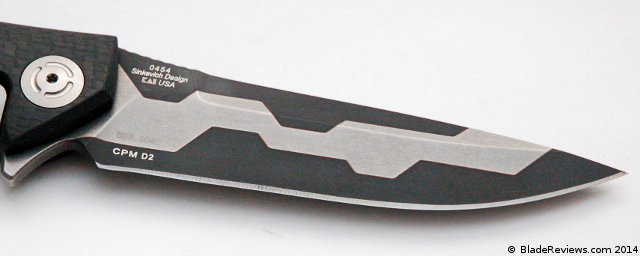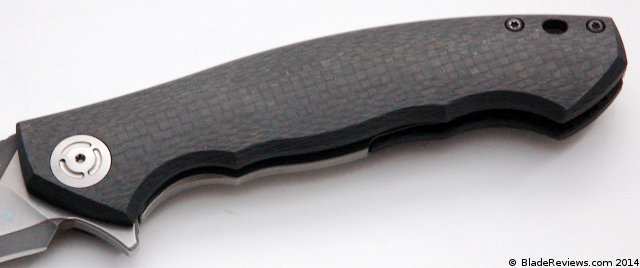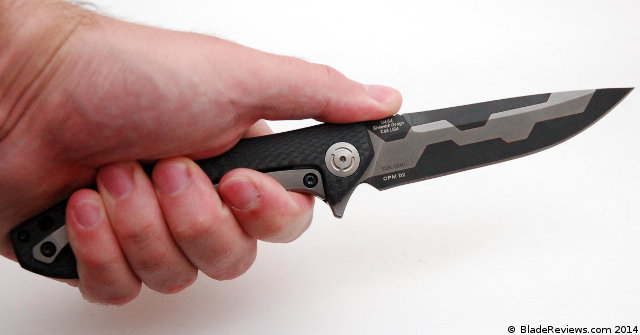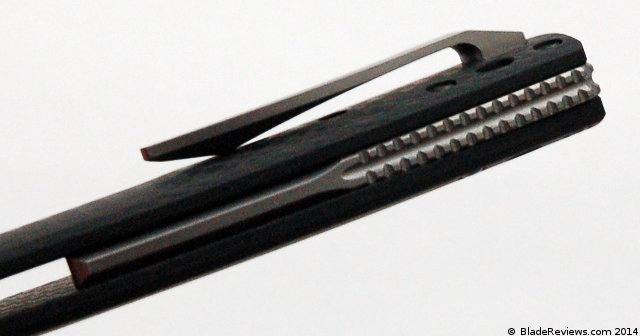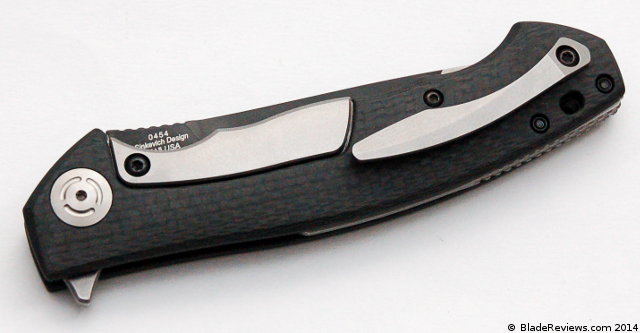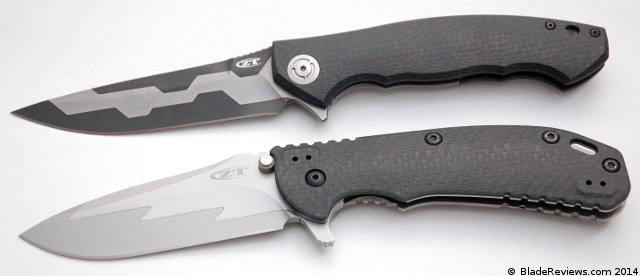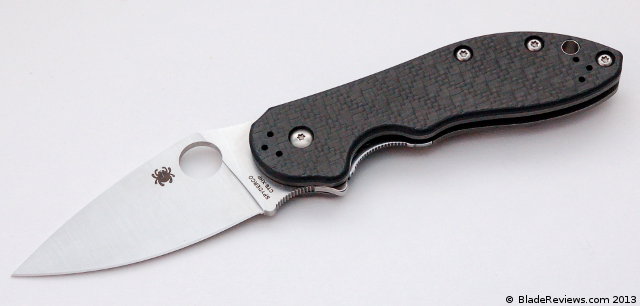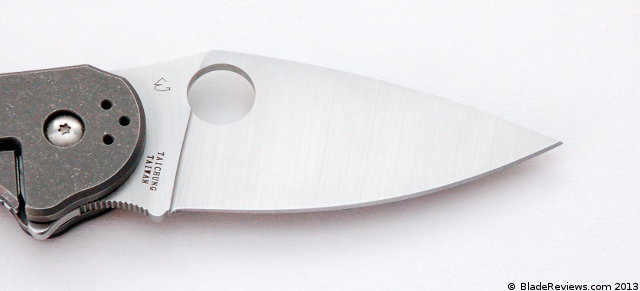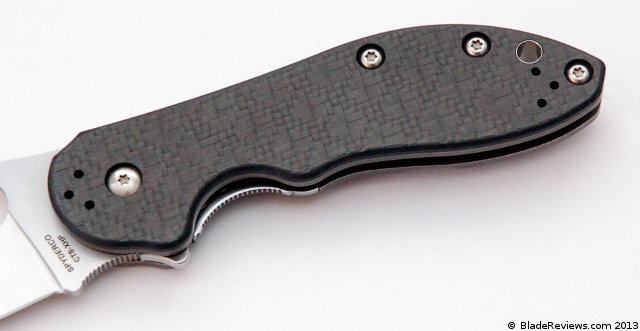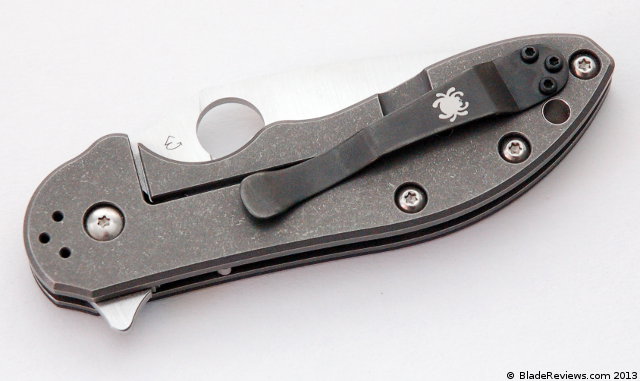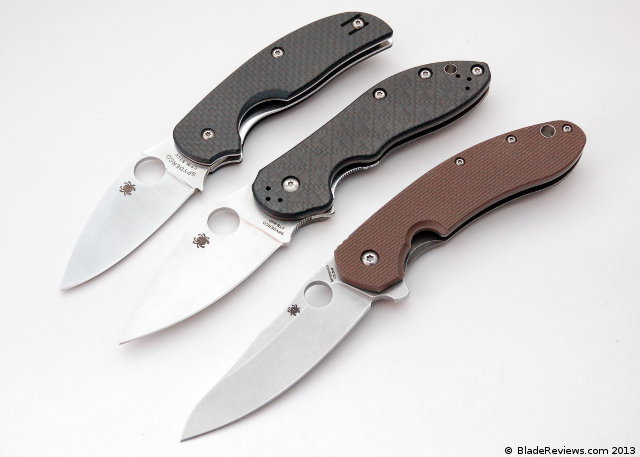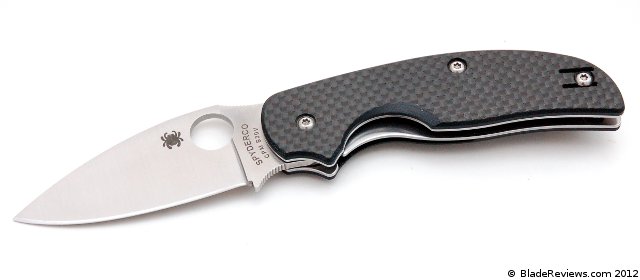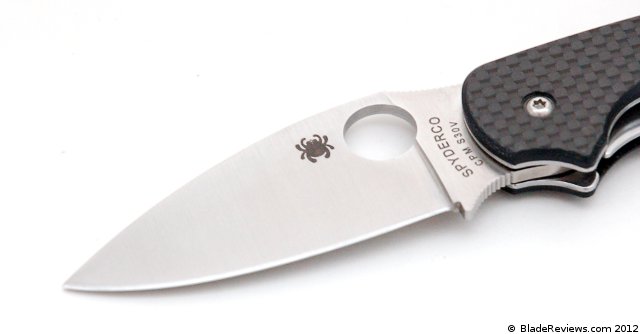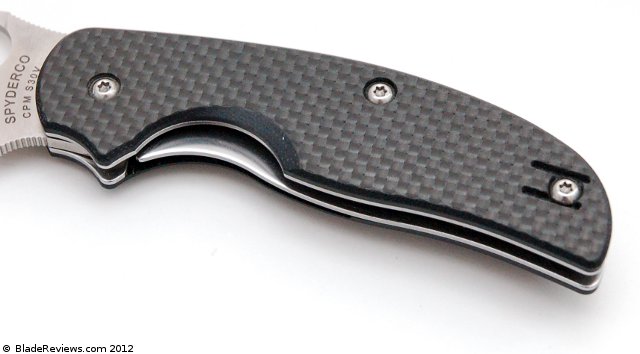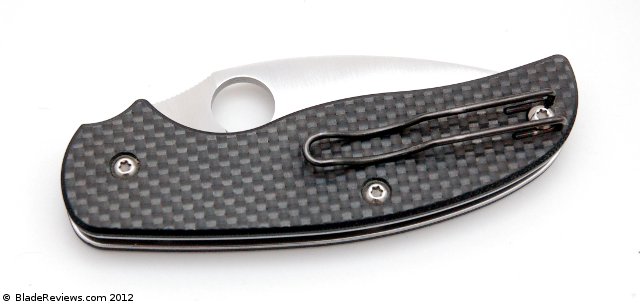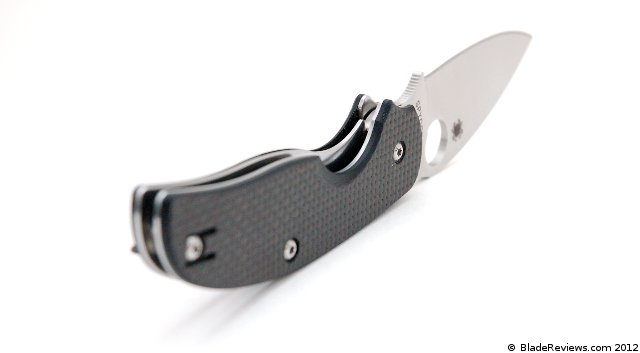Last Updated: July 14, 2019
By this point we have seen quite a few of Hinderer / KAI collabs hit the market, and I have covered them extensively on the blog. We started with the heavily built 0550, moved to the critically acclaimed 0560, a knife that raised the standard for high end production pieces, spent some time with the controversial Kershaw Cryo, and recently the EDC-friendly Zero Tolerance 0566.
The KAI/Hinderer collaborations on go back a couple years, and surely by now everyone has had their fill of folders that resemble the XM-18. But still Zero Tolerance has insisted and recently released the 0562cf and the 0562.
“So what?” You might say, pointing to a drawer full of ZT boxes. You may be sick of hearing about ZT and Rick Hinderer pairing up. Well, the problem with the 0562 is that it may very be the best Zero Tolerance / Hinderer collaboration yet.
General Dimensions and Blade Details
The 0562 has an overall length of 8.25″, a 3.5″ blade, and weighs right around 5.5 ounces. The knife is smaller than the 0560, and bigger than the 0566. I know that a 3.5″ blade is a sweet spot for a lot of people’s daily carrys and it also happens to be the same footprint of the 3.5″ XM-18, which I consider the flagship XM for some reason. The 0562 carries discretely in blue jeans, but is big enough to be used as a work or self defense knife.
This is a good point in the review from me to distinguish the 0562 from the 0562CF. The 0562CF (pictured in this review) is the upgraded version of the knife with a carbon fiber handle scale and satin finished M390 blade. The 0560 is more of a working man’s version with a G10 handle scale and stonewashed Elmax blade.
For a detailed comparison of the two with beautiful photographs I invite you to check out my friend John Holbrook’s article and review of both knives here. Of course I’m only reviewing the 0562CF here, and went for the 0562CF because it was only $50 more and I was feeling fancy, but I think 95% of this review will apply to both models.
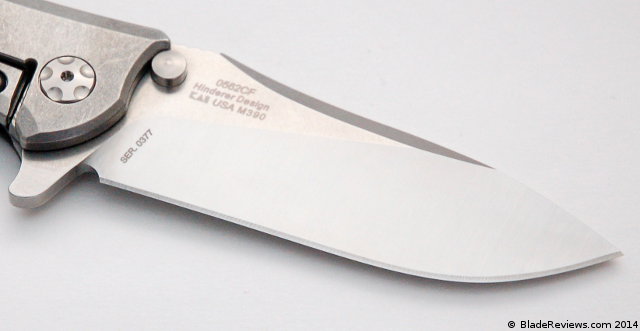
The blade on the 0562 is classic Hinderer drop point, modeled closely after his XM series of knives. The interesting thing about this particular model is that it has been given Rick’s “slicer” grind. The slicer grind is a slanting high flat grind that shaves quite a bit of material from his standard “spanto” grind. The slicer grind on this 0562 is actually pretty slicey, easily cleaving cardboard and rope. I find that Rick’s slicer grind on the regular XM is still pretty thick. This 0562 is the best slicing Hinderer collab I have handled.
The 0562 comes in either M390 or CTS-204P steel. My 0562 came in M390. M390 is a powered super steel by Bohler, and is capable of both being heat treated to 60-62 HRc and taking a beautiful polish. I have found edge retention to be excellent on M390. M390 is also relatively easy to sharpen for a super steel, making it a practical choice for someone that wants to regularly use the knife.
I am less familiar with CTS-204P, having only experienced it with my Spyderco Southard. In my experience CTS-204P also holds a nice edge and is reasonable to sharpen. I have had no problems with rust or corrosion. The jury is still out in terms of my long term opinion on 204P, but my gut reaction is that you will be fine with CTS-204P.
Handle, Ergonomics, and Pocket Clip
Just like a real XM, the handle of the 0560 is slab carbon fiber/g10 over a full stainless steel liner and then a titanium frame lock. You don’t have the extreme 3-d machining found on the 0560, which is fine by me because I think it’s part of the reason why they were able to keep the price down on these, but the edges are all chamfered.
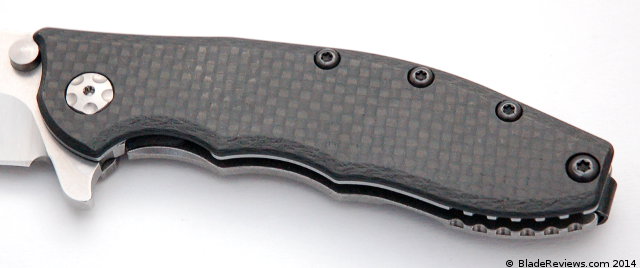
Handle construction is very good. Zero Tolerance is no stranger to the world of high end production pieces, and they have struck a nice balance here of providing us with a sturdy knife with simple high end finishes like blackened barrel spacers, an oversized decorative pivot, and very good fit and finish. Compared with a real XM-18 3.5″, the 0562 is a much slimmer knife.
I really like the way the 0562 feels in hand. Gone is the terrible overly sharp jimping on the 0560. In its place you have a short row of tasteful and practical thumb jimping on the spine and a little recessed jimping by the pommel. The rest of the knife is smooth as a baby’s butt, although you do have a couple finger choils in the handle. I think they struck a great balance here and the 0562 feels very good.
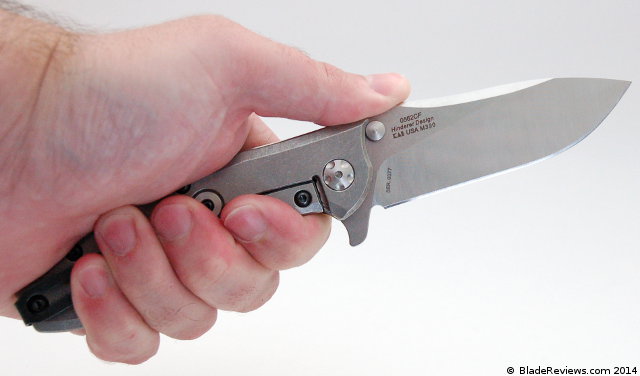
For lovers of deep carry pocket clips, the clip on the 0562 is a triumph. It’s a very deep and discrete stainless steel clip that mates to a standoff at the very back of the knife. The end result is a fully ambidextrous clip that doesn’t leave a lot of holes in the handle. I am impressed ZT went this more stayed route rather than a flashy “ZT” branded clip. This level of restraint and classiness isn’t always found on their models so I gotta give credit where its due.
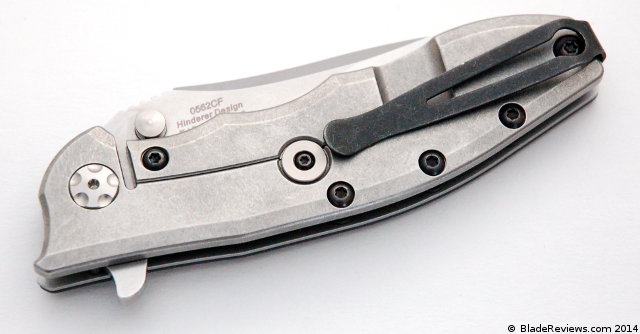
The spring action on the pocket clip is nice and strong and it holds the knife in place in your pocket. The 0562 is over 5.5 ounces, but it’s still a relatively thin knife and carries well for its size. All said I’m very pleased.
Deployment and Lockup
I am also pleased to report that the action on the 0562 is very good. Once again ZT has dialed in their detent and the blade explodes from the handle with the push of a finger. It doesn’t hurt that the blade rides on their proprietary “KVT” caged bearing system. Deployment is fast, reliable, and fun, and the blade falls back into place upon disengagement. The “thumb studs” are actually blade stops and I was not able to use them to open the knife.
For lockup we have a titanium framelock with a stainless steel lockbar insert. This is just like the lockbar insert found on the recently reviewed ZT 0808. It has been very well done. Lockup is early and confident, and there is no blade stick, lock rock, or any other malady that sometimes effects a framelock knife. Blade centering is dead on too. Rounding things out is a Hinderer lockbar stabilizer.
Zero Tolerance 0562CF Review – Final Thoughts
I have handled all of the Zero Tolerance / Hinder collaborations prior to the 0560 and I also recently broke down and finally picked up a Hinderer XM-18, so I thought that I have pretty much seen it all. The 0562 is still a very impressive knife. They have done a great job combining fixing the things that I didn’t particularly care for about the original 0560 (the oversize knife, sharp jimping) and added some nice subtle refinements and upgrades. I think they also did a good job not bringing over some aspects of the XM-18 that I could avoid (the 3.5″ XM-18 is very heavy and the action isn’t particularly impressive). The end result is a practical and well made knife at a competitive price point.
I know that some will want to know if the 0562 is as good as an XM-18, or whether will replace an XM-18. I’m here to say that those are still two very different knives. My 3.5″ XM-18 is an absolute tank. It’s over the top in many ways. I prefer the 0562 because it’s slimmer, more pocketable, cuts better, and flips better, and can be had for a fraction of the price of the XM, but I still appreciate the XM-18 for what it is: a finely tuned overbuilt hunk of G10, steel, and titanium.
I realize that I’m somewhat jaded by running this website, but I thought $250 for the Zero Tolerance 0562CF was very reasonable for what you are getting, and the G10 version retails for right at $200. I know a $200+ folding knife isn’t for everyone, but if you can justify buying a $200+ pocket knife then I’m here to say the ZT 0562 is awesome.
- Ultra-premium, durable CPM 20 CV stainless steel blade with stonewash and satin finishes offer outstanding edge holding capability and corrosion resistance
- Hinderer flat-ground “slicer” grind provides both slicing efficiency and a tough point; handle has carbon fiber front scale and stonewashed titanium back
- Reversible deep-carry pocketclip for left or right-handed, tip-up carry
- Ideal EDC essential for everyday tasks—slicing, survival tool, cutting boxes, self-defense, tactical use or as the perfect gift
- High quality, general all-purpose knife great for EDC or use when camping, fishing, hunting, working, utility or outdoor activities.Handle Length:4.75 inch
I recommend purchasing the ZT 0562CF at Amazon or BladeHQ . Please consider that purchasing anything through any of the links on this website helps support BladeReviews.com, and keeps the site going. As always, any and all support is greatly appreciated. Thank you very much.
